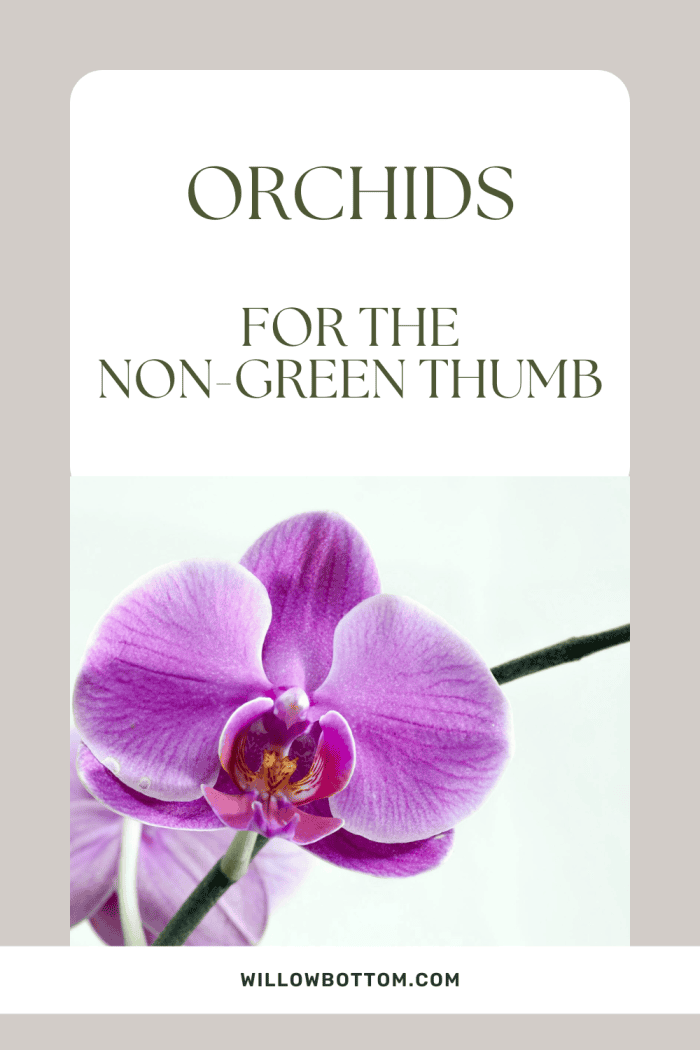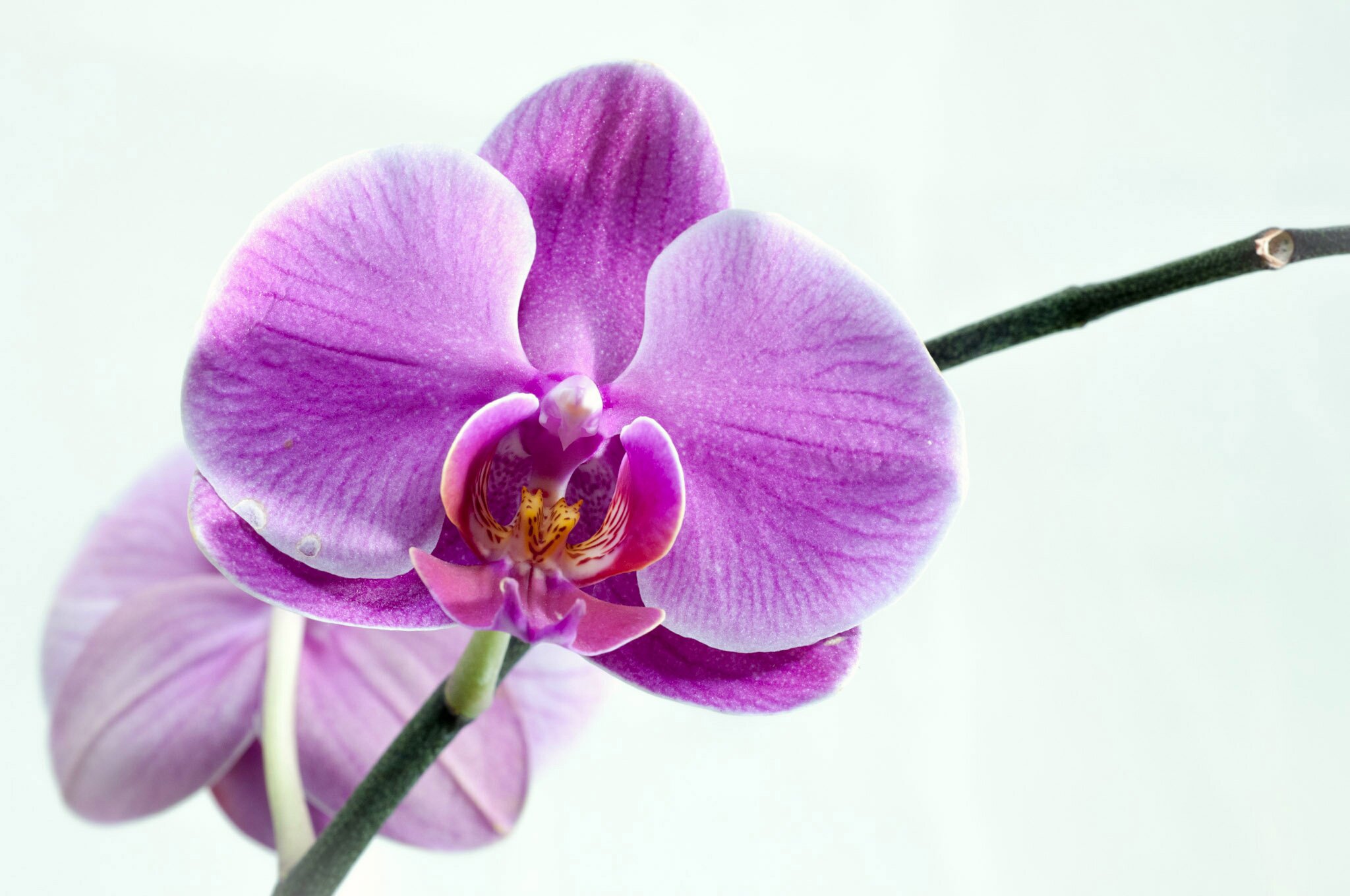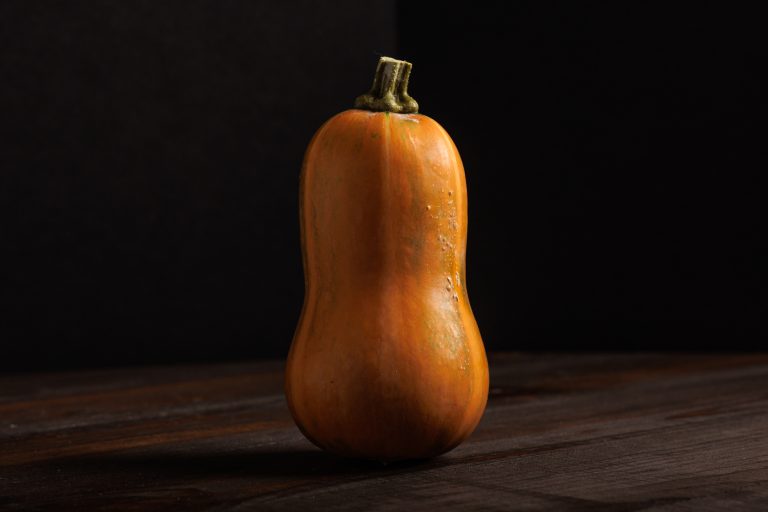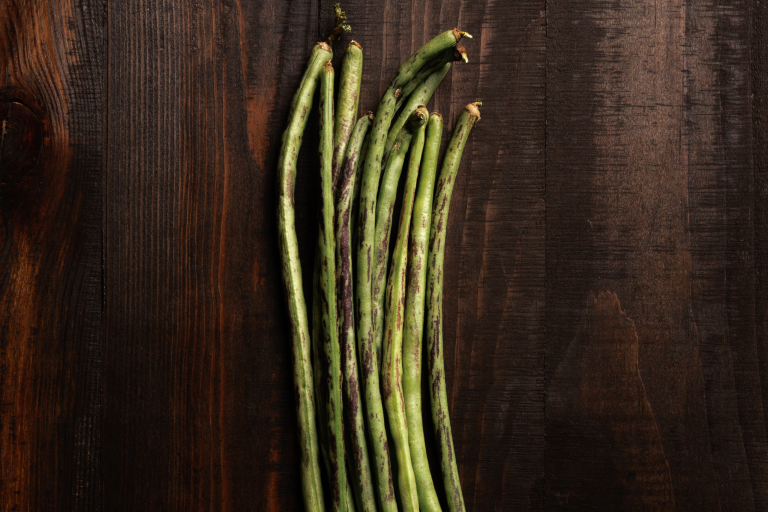Orchids for the non green thumb
Orchids have a reputation for being very difficult to take care of, when in fact they are really easy. They do need some work at first but don’t fuss over them. They are hearty plants.
One misconception is that orchids need to be planted in soil or moss and that they need to be watered every day. This is not the case.
Unlike many other plants, orchid roots are adapted for their epiphytic lifestyle, which often involves growing on trees or rocks rather than in soil. They have a distinct appearance, with a silvery or greenish color and a spongy texture. These roots play a crucial role in anchoring the orchid and absorbing moisture and nutrients from the air and any decaying organic matter around them.
Orchid roots are highly efficient at water storage, helping the plant withstand periods of drought. It’s essential to maintain a careful balance of moisture for these roots, as they can be susceptible to rot if overwatered.
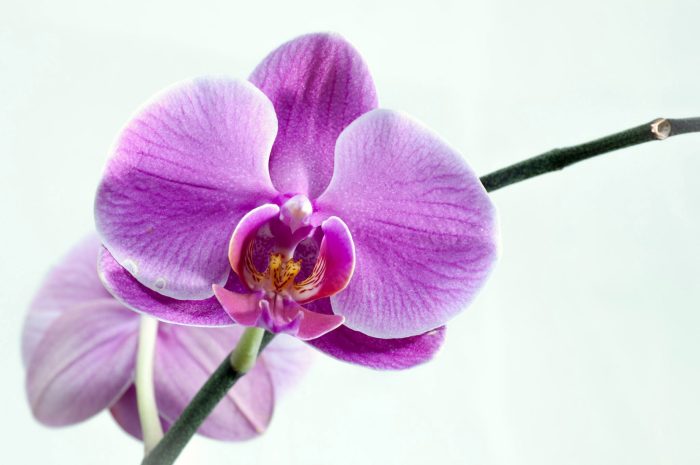
How to care for Orchids
Orchids only need to be watered once a week to once every two weeks. Their roots will start to turn grey when they need water. Once you water them they will turn bright green.
Place them in terracotta pots that have drainage holes and surround the roots in pine bark chunks, pumice, and charcoal pieces. Premixed bags are also available at most nurseries. This allows the roots to breathe and the bark will retain some moisture that the roots can feed off of for a week or two.
Do not use soil or moss. These will absorb too much water and keep the roots wet. You need to allow the roots to dry out between waterings.
When watering, use lukewarm water. Make sure to cover all of the roots and allow the pot to drain, do not leave standing water in the pot for more than a few minutes.
If you get the leaves wet make sure to dry them with a cloth. Leaving water on the leaves will burn them and they will start to die.
Orchids need indirect sunlight. They do well in front or off to the side of a South or east-facing window.
They enjoy humid areas as well. On a day when it’s nice and humid outside try putting them in a sunroom or a covered porch where they can soak up the humidity without being burned by the sun. A greenhouse will work as well.
Also Read: Benefits of leaving Leaves on the ground through winter
Trimming roots and flower spikes
When you bring an orchid home more than likely it will be in some sort of soil or moss. You will need to replant your orchid as soon as possible.
Carefully take the orchid out of the pot and run the roots under lukewarm water to clean the soil and moss off of the roots. Look for any damage to the roots.
Damaged roots will look brown, shriveled, or moldy. If any of the roots look like this, carefully use pruners to cut away the outer flesh to uncover the tiny root inside. Do not start chopping dead or sick-looking roots, they can be nursed back to health, you only need to remove the outer flesh. If the root is too far gone then it’s safe to cut it. It will not help your orchid to leave it on.
The roots seem huge but what you’re seeing is a fleshy cover that holds moisture and nutrients for the roots that are inside. The actual roots are tiny, white, and look like worms.
Once any damaged flesh is removed, you can place the orchid in a terracotta pot with the pine bark media. Make sure the pot is large enough for your orchid. You don’t want the roots to become squished easily but you don’t want them swimming in space.
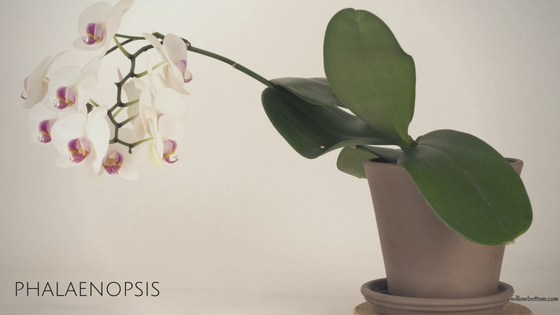
You may not need to re-pot the orchid very often but check the roots every once in a while to make sure they are still healthy. They will grow out of the pot, which is normal, and will not cause harm to your orchid.
The flowers will last for a few months and then die off. When they die off, don’t worry your orchid is still healthy, this is a natural process.
After an orchid blooms, it will leave behind a green flower spike. Leave the flower spike on the orchid. Trim spent flower spikes above a node to encourage new growth. Be cautious not to cut into the stem.
Orchids bloom 2 to 4 times a year. Some more, some less.
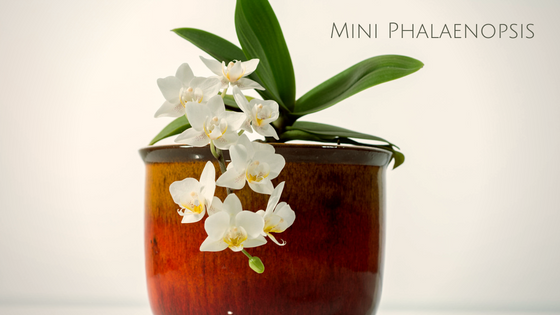
Everyone has their way of caring for them and some orchid varieties need more care than others.
We have tried multiple methods through the years (Ice Cubes, Hydroponic growing, air growing, etc.)
We have had to nurse some of them back to health after trying these other methods… The tips I give here are what we have found to work the best.
Orchid care is all about balance – finding the right balance of light, water, and nutrients. With a little practice and attention, you can maintain healthy, thriving orchids that reward you with their stunning and often long-lasting blooms.
